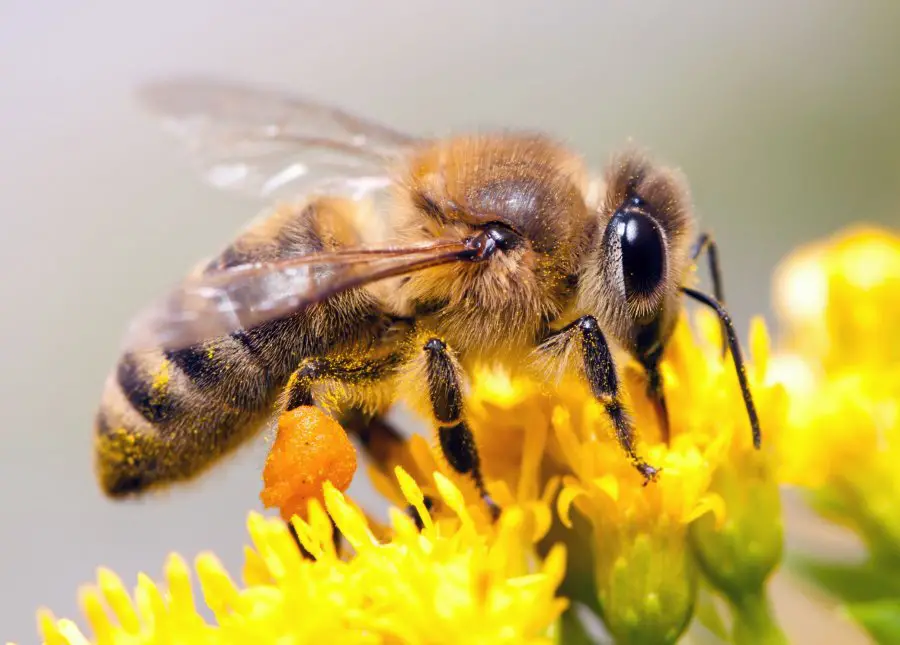Flowers Can Make Their Nectar Sweeter When They Hear Bees Buzzing
Tags: opinion

Generally speaking, the ability to listen to sounds is attributed only to humans and other animals. Given our limited knowledge of the world, we hadn’t thought that plants might also be able to listen to sounds.
Prof. Lilach Hadany of Tel Aviv University was intrigued by the fact that we are living in a continuous soundscape filled with sounds of birds, insects, winds, and so on. Owing to the omnipresence of sounds, Hadany was curious about whether plants also have a sense of sound.
The team of researchers, working under Hadany, reached positive conclusions in this regard, at least in the case of the evening primrose or Oenothera drummondii.
They found out that this plant could indeed sense the vibrations produced by the flapping wings of its pollinators. Sensing that, the plant would temporarily increase the glucose levels in their nectar so as to attract the insects.
In the case of these plants, the flowers were the ears and they could distinguish between the vibrations of bee wings and other irrelevant vibrations.
The Perfect Frequency
In terms of her academic background, Hadany’s specific area of interest is evolution theory. Consequently, she is convinced that it would be rather disadvantageous for plants if they couldn’t make proper use of sound as an essential natural resource. According to her, the ability to respond to sounds could enhance the survival and transmission of genetic legacy in plants.
Hadany’s team primarily focused on the flowers, owing to the fact that pollination is one of the most crucial factors in the survival of plants. In and around the Tel Aviv campus, evening primroses grow in large numbers, and so, she chose them for her research.
Some of the plants were subjected to silence, some to low/mid/high-frequency sounds, and others to recordings of the sound of bee wings. As it was found, there was no change in the plants exposed to silence, high and mid-frequency vibrations.
However, those exposed to bee sounds and low-frequency vibrations showed significant changes in the glucose levels in their nectar. More interestingly, the effects were realized within a mere 3 minutes of exposing the flowers to the sounds.
As a matter of fact, the purpose behind such behavior is obviously to attract more pollinators to enhance cross-pollination.
A Good Ear
According to Hadany, the flowers function as the ears in her subjects. She believes that they are responsible both for the interpretation and the transmission of the vibrations produced by the pollinators.
Although flowers are of many different shapes and sizes, they are mostly concave or shaped like bowls. As a result, they are pretty good receivers and amplifiers of incoming sound waves.
Over 5000 people have downloaded our free ebook “Growth Hacking Tips And Rituals For Optimal Living” CLICK HERE to get your free copy now
In order to measure the vibrations in the flowers, Hadany and her co-author, Marine Veits, using an instrument known as laser vibrometer.
It was found that the specific shape of the primrose flower made it very effective in terms of acoustics. This finding was consolidated by the fact that flowers in which petals were removed saw a drastic reduction in their acoustic efficiency.
Listening to Other Sounds
As it is quite clear, this is only preliminary research in this field. Consequently, much of it remains unexplored and is bound to inspire further research. The findings by Hadany have raised many pertinent questions. Are some flowers acoustically better than others? Can bees recognize the change in glucose levels? Does this capacity have some other benefits? So on and so forth.
The question also remains whether plants can listen to other kinds of sounds apart from those of the bees.
In many distinct ways, Hadany’s study has opened so many new avenues in the field of evolutionary studies and the acoustic abilities of plants.
Image Credit: Sergey Lavrentyev
Leave Comment: